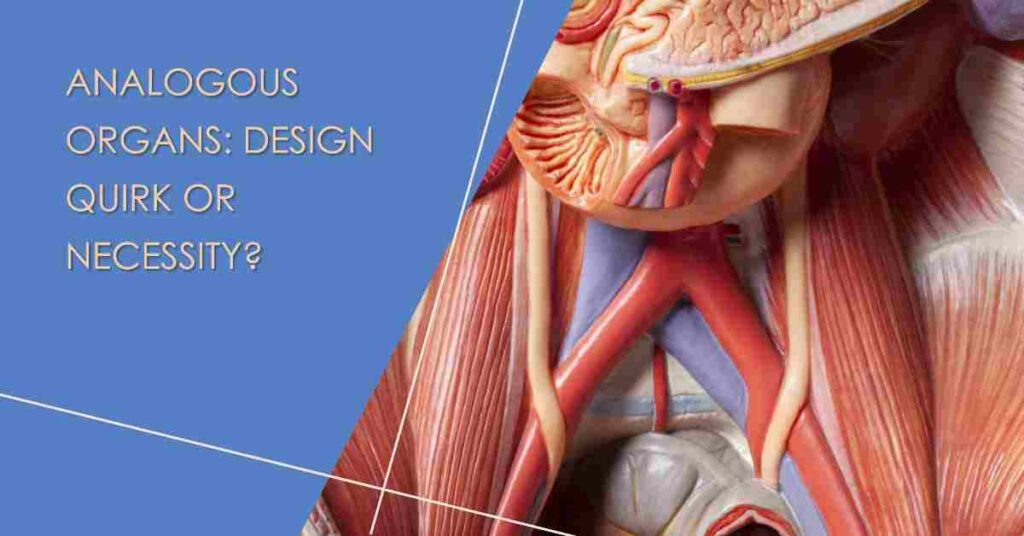
Analogous organs are structures in distinct species that fulfill similar functions but evolved at different times. These organs demonstrate convergent evolution, in which organisms evolve analogous adaptations to identical environmental conditions independently. Examples include the wings of bats and birds, which developed separately for flying but function similarly.
Structures in different species with comparable functions but distinct evolutionary origins are referred to as analogous organs. These organs demonstrate convergent evolution, in which organisms acquire comparable adaptations to meet specific demands in their environments separately. Understanding homologous organs reveals the various ways in which life has evolved to deal with similar issues.
Function convergence:
Despite diverging evolutionary trajectories, analogous organs frequently serve the same function in various creatures. The wing structures of bats and birds are classic examples. Bird wings are made by feathers supported by modified arm bones, but bat wings are formed by lengthened fingers covered in skin. Despite their distinct structures, both adaptations allow for flight, demonstrating convergent evolution in response to the similar requirement for aerial movement.
Unique Ancestry:
In contrast to homologous organs, which share a common evolutionary predecessor, analogous organs have distinct ancestral origins. Insect, bird, and bat wings, for example, evolved independently. Although these wings perform comparable functions (allowing flight), they are not descended from a single winged ancestor. This contrast highlights the remarkable variety of life’s evolutionary paths.
Environment Adaptation:
Analogous organs frequently arise as responses to similar environmental conditions. Consider sharks and dolphins’ streamlined bodies. Despite their distinct ancestors, both have acquired a similar body structure for efficient water navigation. This adaptation demonstrates how various animals can build homologous structures independently in order to flourish in similar surroundings.
Evolutionary Forces:
The existence of comparable organs emphasizes the impact of natural selection and external stresses on the evolution of species. Natural selection may support the evolution of homologous structures that enhance survival and reproduction as species confront similar obstacles in their surroundings. In the evolutionary process, this phenomena illustrates the dynamic interplay between organisms and their environments.
Finally, the study of comparable organs exposes the amazing ways that distinct species have independently evolved parallel structures to adapt and prosper in their respective environments. Understanding these adaptations allows us to appreciate the intricacy and brilliance of evolutionary processes.
Also Read: Is Ambidentate Ligand a Bridge to Versatile Coordination?